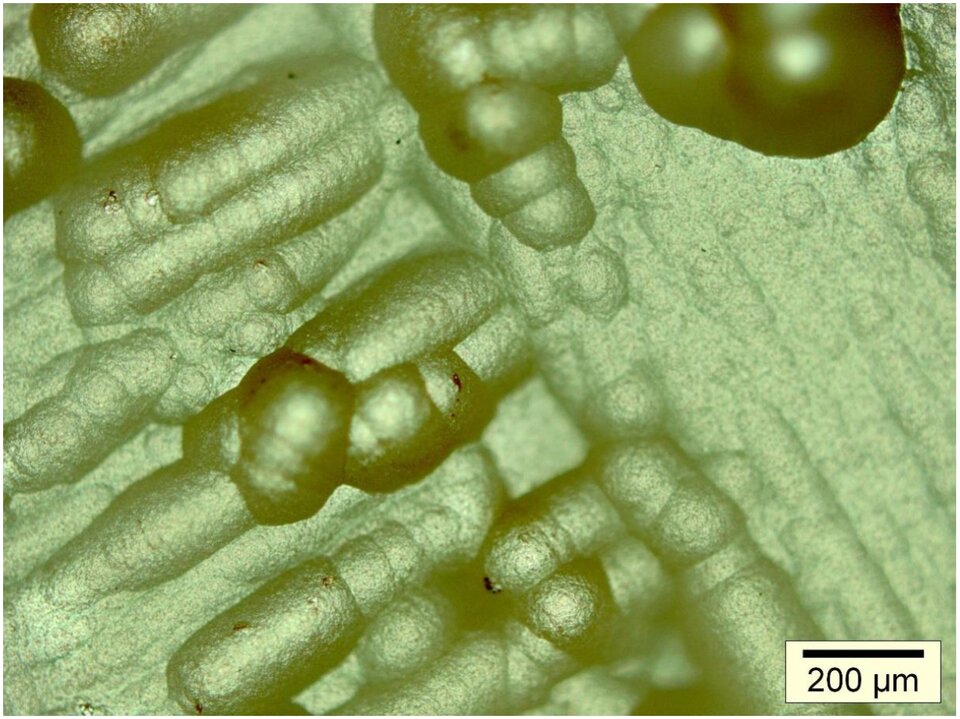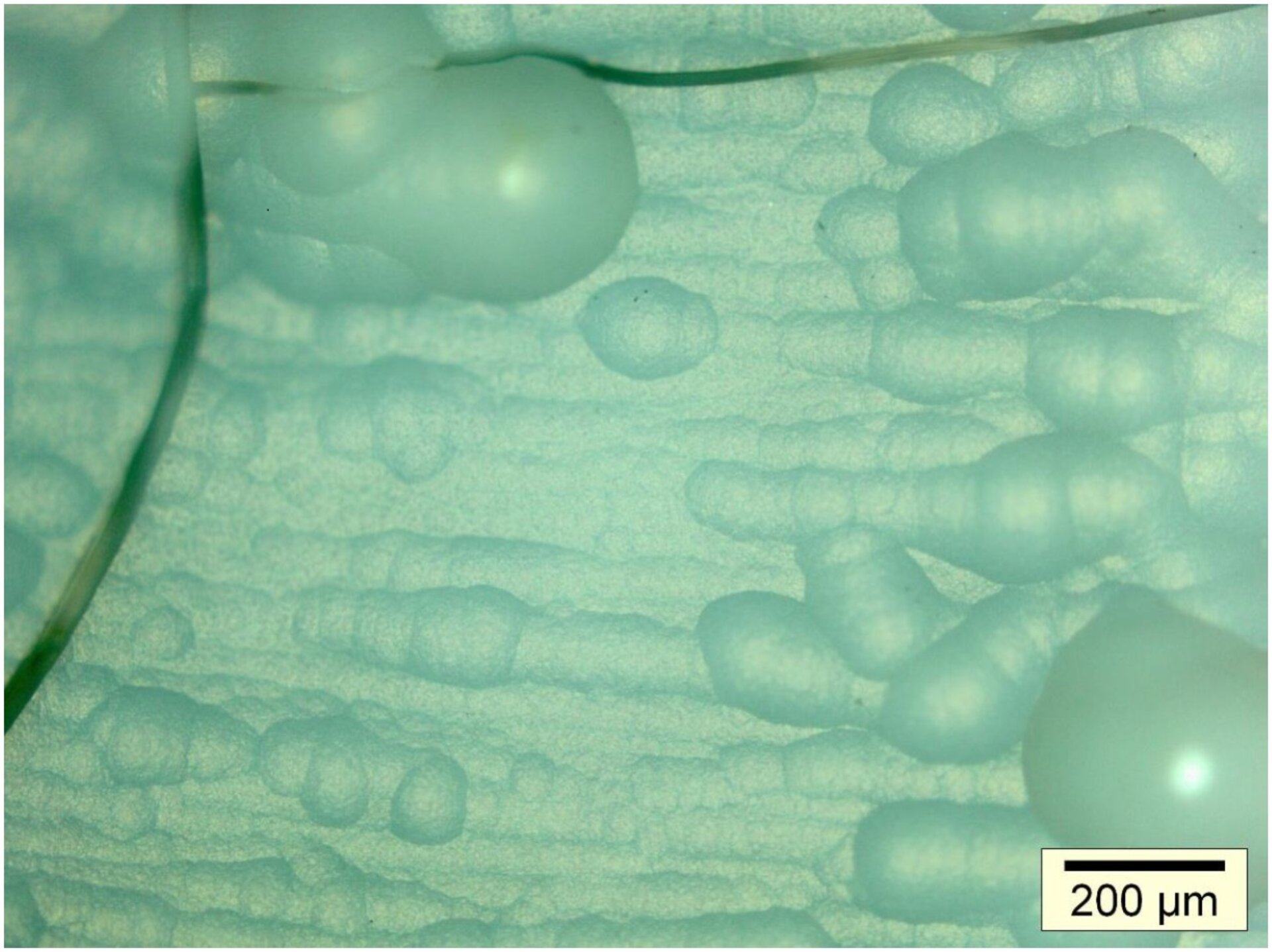Near-Sun Mission Heat Shield Material Assessment
| Programme: | TRP Workplan | Achieved TRL: | 2-3 |
| Reference: | T224-001QT | Closure: | 2016 |
| Contractor(s): | AAC (AT), CNRS (FR), TRAD (FR), Astrium (FR) | ||
A first TRP activity investigated the materials potentially surviving the requirements of the PHOBOS mission; i.e. going down to 4 solar radii when placed as the outer surface of the primary heat shield. Two materials were identified i.e. Carbon and hexagonal boron nitride.
Objective(s)
The main objective of the study was to investigate the combination of the identified materials i.e. a carbon/carbon composite substrate and an hexagonal boron nitride coating under the harsh environment of a near sun mission (e.g. Phobos).

Achievements and status
A system has been identified (based on Sigrabond Extraclean with Chemical Vapor Deposition Pyrolitic Boron Nitride) as suitable to survive the harsh mission environment . The system is stable at up to 2180K; above the mission requirement (1750 K). The proton and UV irradiation tend to increase the a/e ratio. The coating is cracked but still adheres to the substrate.
Benefits
From a material point view there are no blocking points to use this material on the referenced mission.
Next steps
The processes required to scale up will need to be further investigated as well as the means to connect the CVD-pBN to the next layers of the heat-shield.















 Germany
Germany
 Austria
Austria
 Belgium
Belgium
 Denmark
Denmark
 Spain
Spain
 Estonia
Estonia
 Finland
Finland
 France
France
 Greece
Greece
 Hungary
Hungary
 Ireland
Ireland
 Italy
Italy
 Luxembourg
Luxembourg
 Norway
Norway
 The Netherlands
The Netherlands
 Poland
Poland
 Portugal
Portugal
 Czechia
Czechia
 Romania
Romania
 United Kingdom
United Kingdom
 Slovenia
Slovenia
 Sweden
Sweden
 Switzerland
Switzerland



























